“Mrs Keene” doesn’t resonate as one of the greats of Pre-Raphaelite painting, but her name deserves to be as well-known as her face. In this week’s blog, Scott Thomas Buckle identifies this prolific model in the artwork of both William and Evelyn De Morgan.
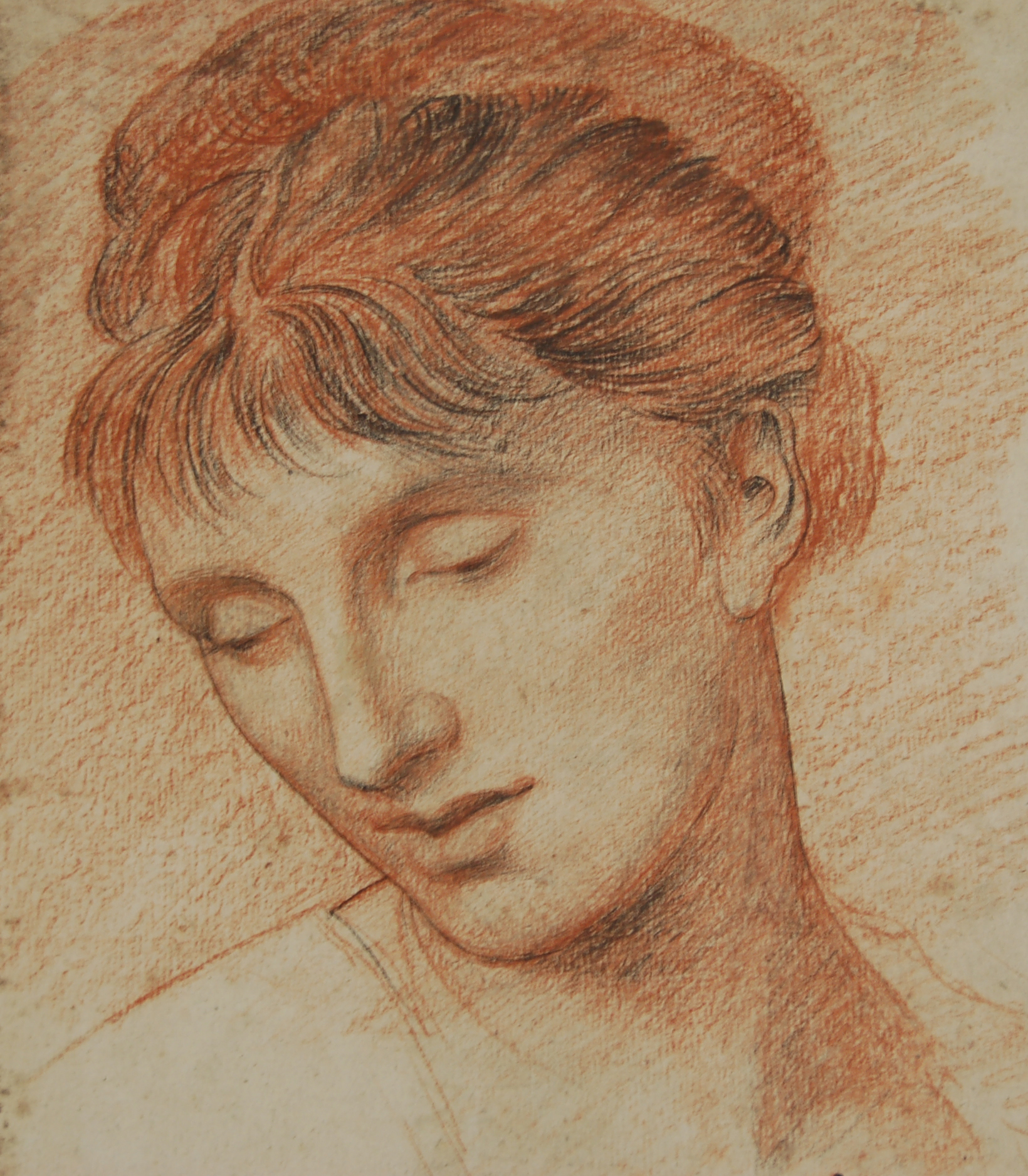
Study of a Head (c.1860) by William De Morgan. Red and Black Chalk, De Morgan Collection
At a recent talk given by Sarah Hardy on The Portraits of William De Morgan, one image in particular caught my eye. It was a study in chalks of a woman’s head from an album of studies by William De Morgan from within the Foundation’s collection. I instantly recognised the model, Mrs Keene, whose iconography I have been recording for the past twenty or so years.
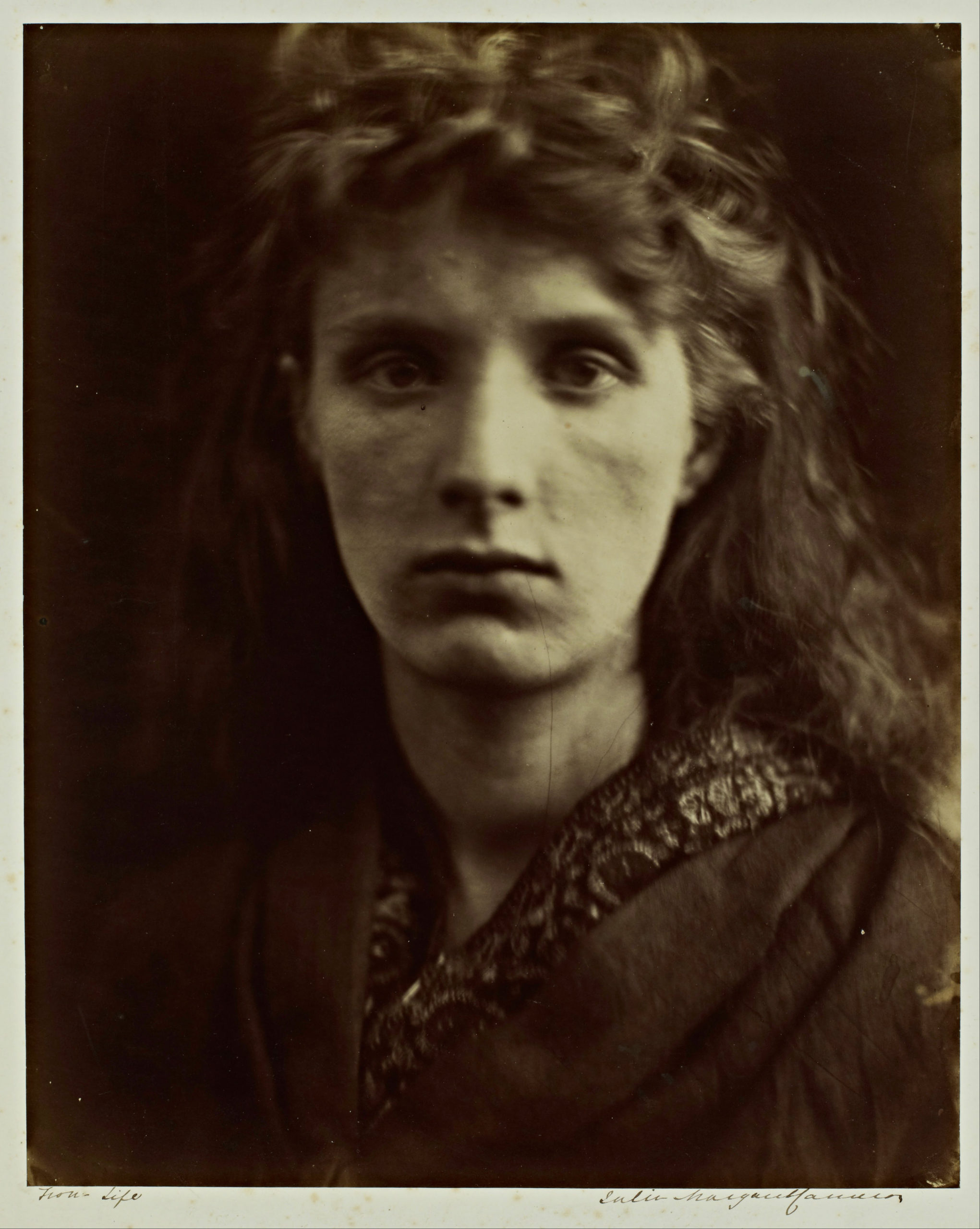
The Mountain Nymph Sweet Liberty (c.1865) by Julia Margaret Cameron
I had known her face for much longer – a well-known photograph by Julia Margaret Cameron titled The Mountain Nymph Sweet Liberty shows the young Mrs Keene in her mid-twenties. In 2003 I read an article by Colin Ford CBE which talked about the elusive Mrs Keene – until then nobody seemed to know what her first name was.[1] I duly found out from census records that her birth name was Annie Edwards, and that she was born in Albrighton, Shropshire in 1842 or 1843. In 1865, she married an accountant named Charles Keene, and they had four daughters, all of whom were to become artists’ models. Taigi also became an actress; Laura modelled for Whistler; Jessie married the artist William Clarke Wontner; and Bessie became one of Burne-Jones’s preferred models in the last decade of his life, succeeding her mother as “chief angel and nymph”[2]. But it was Mrs Keene of whom Walford Graham Robertson wrote:
“Bessie’s mother had been a favourite model of Rossetti’s and had appeared in many of Burne-Jones’s best-known pictures, ‘The Days of Creation,’ ‘Vivien and Merlin,’ and others…”[3]
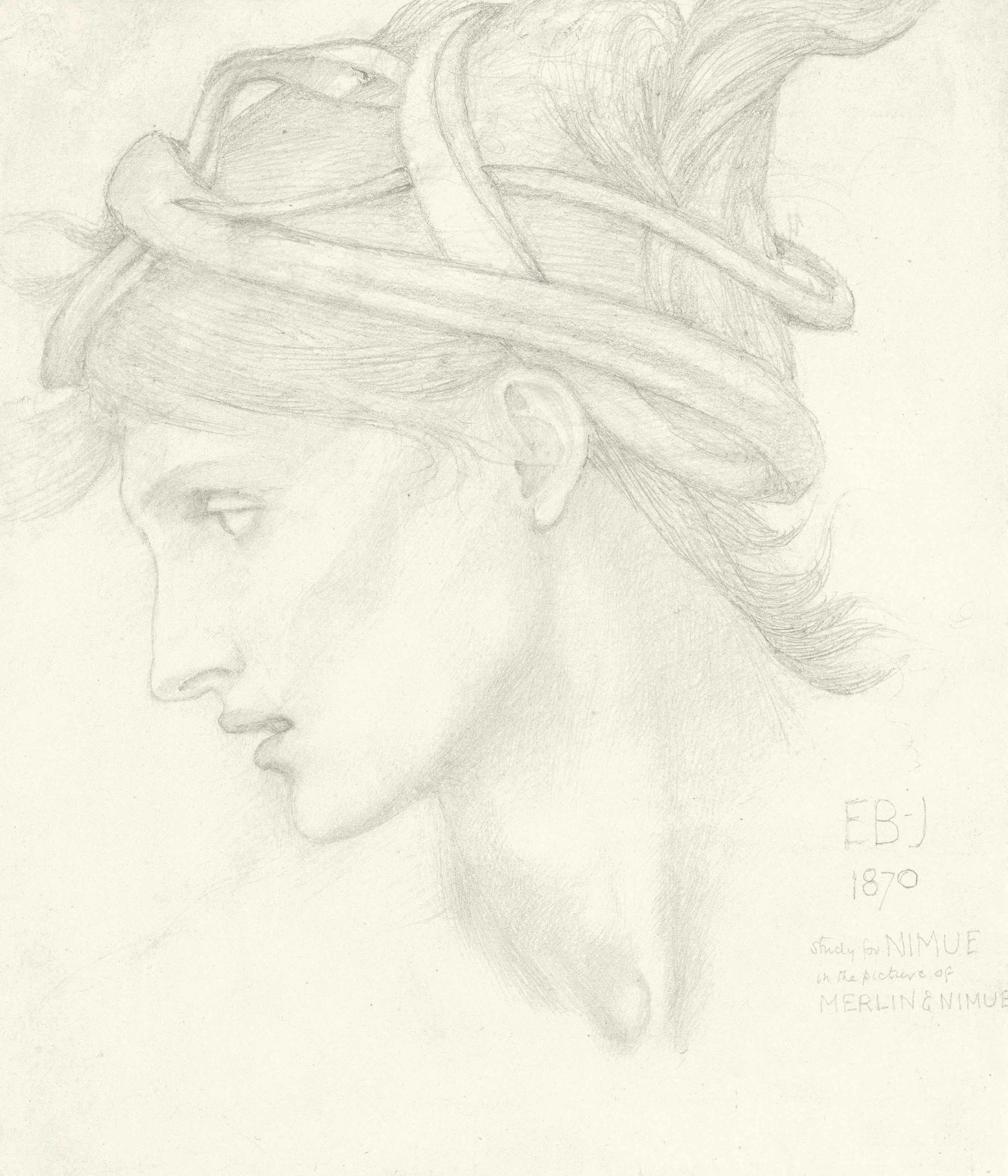
Study for the head of Nimue (1870), Sir Edward Coley Burne-Jones (Private Collection, image courtesy of Christie’s)
She can be seen in an early study for Merlin and Nimue, a painting that Burne-Jones abandoned and later started again as a new canvas, with his lover Maria Zambaco as the model for the enchantress. Mrs Keene went on to feature in many more drawings and paintings by Burne-Jones and his contemporaries. Burne-Jones’s brother-in-law, Sir Edward John Poynter, employed her as a head model for Andromeda in his Perseus and Andromeda of 1872, but eventually painted the entire figure from another model, Antonia Caiva.
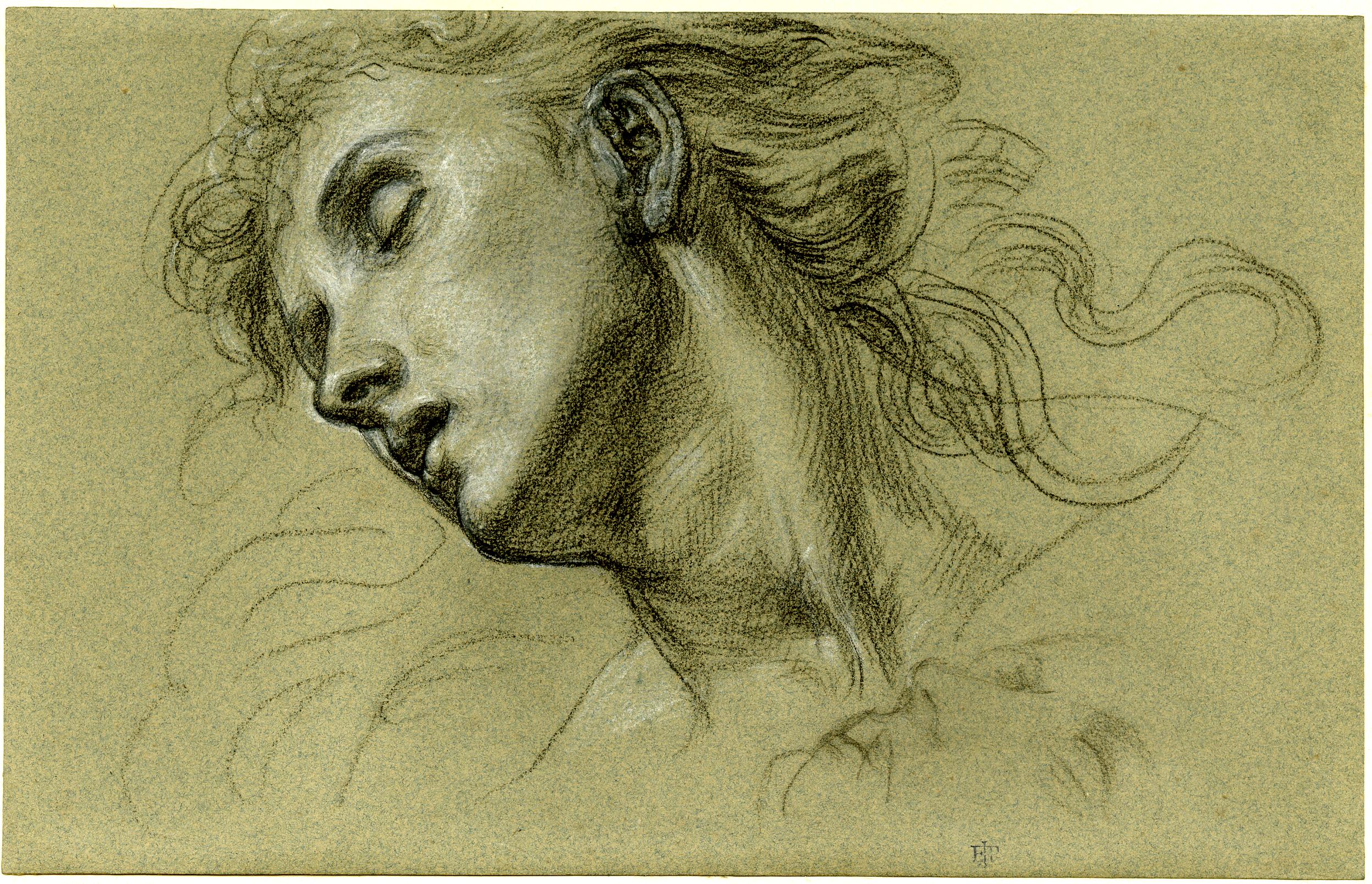 Sir Edward John Poynter – Study for the head of Andromeda, c1872 (British Museum)
Sir Edward John Poynter – Study for the head of Andromeda, c1872 (British Museum)
Mrs Keene modelled regularly at the Royal Academy Schools, always draped and never nude, her payment for sittings recorded in the Academy’s cash books.[4] It is not clear as to whether William De Morgan first encountered her at the Royal Academy, or met her through one of his artist friends.
Evelyn drew her too, though many years later, in a study for The Grey Sisters. Rather fittingly, the youthful face of the sitter in William’s study has aged somewhat, though still maintains a striking beauty. Her face in the finished painting is more idealised and thus not so immediately recognisable.
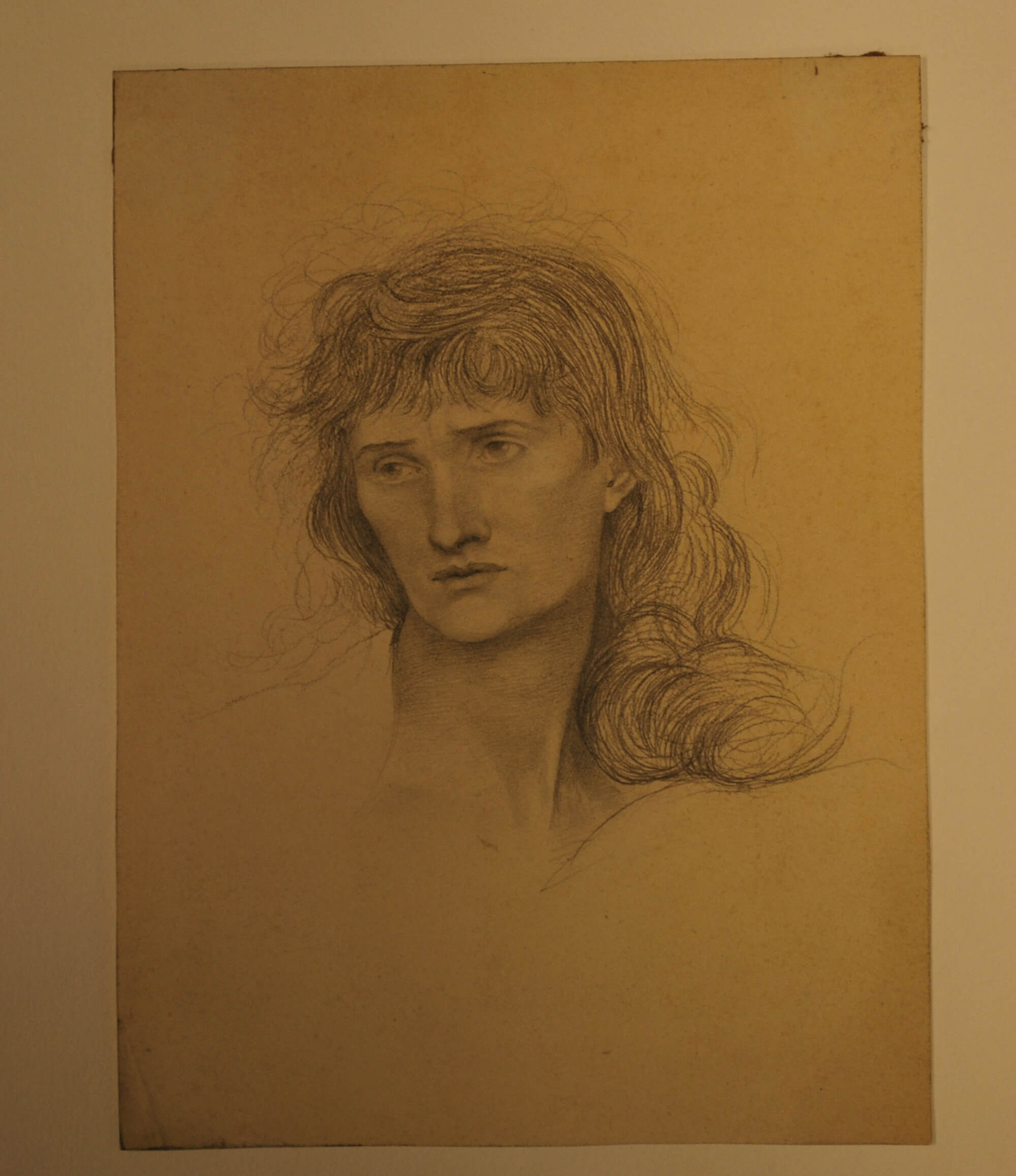
Study of a Head (c.1880) Evelyn De Morgan, De Morgan Foundation
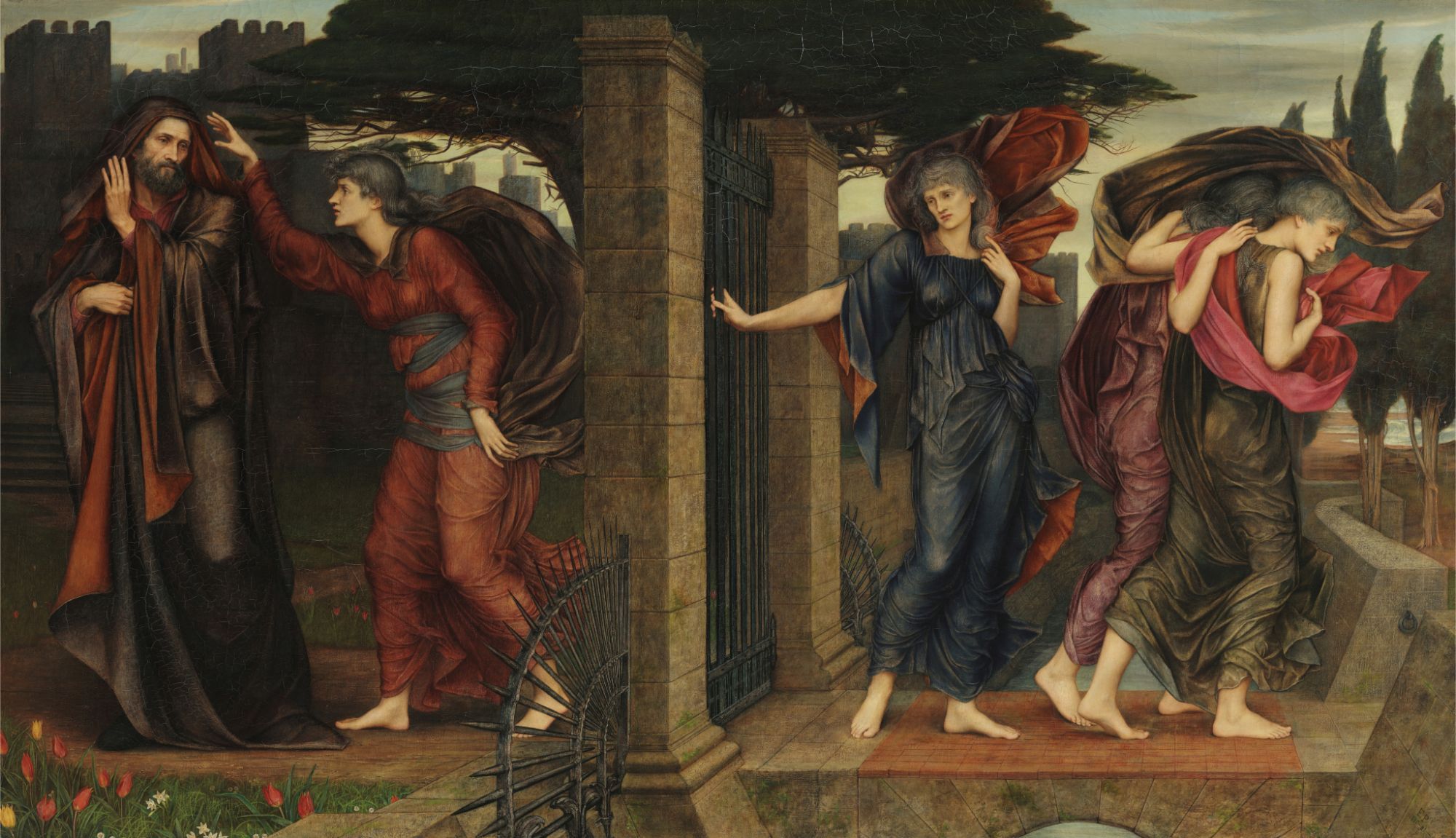
The Grey Sisters (1880) Evelyn De Morgan, De Morgan Foundation
Another head study from the Foundation’s collection shows Mrs Keene’s distinct features in profile. This pose is replicated in figures that appear in a number of Evelyn’s paintings (The Angel of Death, By the Waters of Babylon and The Worship of Mammon), though none of them appear to be painted directly from this study.
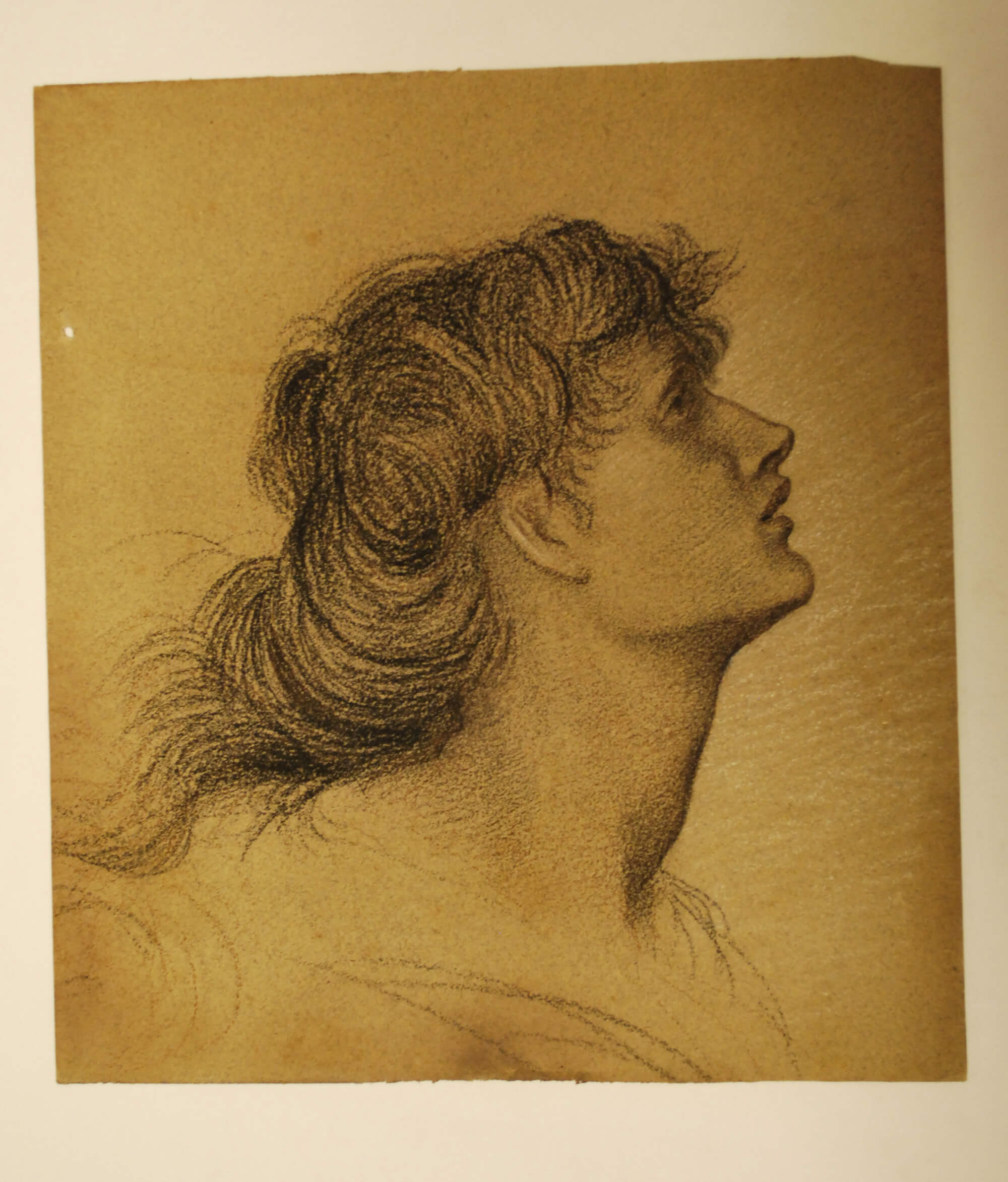
Study of a Head (c.1880) Evelyn De Morgan, De Morgan Foundation
The identification of Mrs Keene as the model for drawings by both Evelyn and William De Morgan provides us with a rare opportunity to compare their different treatments of the same subject, but a wider study of Evelyn and William’s working drawings shows just how similar their output and methods were. We are only just beginning to gain a better understanding of William’s work as a draughtsman and as a painter, and hopefully there will be many more new discoveries along the way.
Further reading – more information about Mrs Keene and her daughters can be found at this site (in Spanish): https://sitioparatodo.blogspot.com/2013/09/keene-mountain-nymph-sweet-liberty-identity.html
[1] Colin Ford, “Mountain Nymph” and “Damnèd Villain”: Posing for Julia Margaret Cameron, History of Photography 27.1 (2003), pp. 61–5. Ford identifies Mrs Keene as one of only two professional models used by Cameron, (the other being Alessandro di Marco, who also modelled for Evelyn De Morgan).
[2] Walford Graham Robertson, Time Was, London, 1931, p. 282.
[3] Ibid, p. 281.
[4] Cash book: Life Academy and School of Painting, 1857-1881(Royal Academy of Arts RAA/TRE/3/13)






